Planning a trip to Tanzania but not sure when to go? Whether you have a fantasy of watching the Great Migration in the Serengeti, seeing elephants in Tarangire, or climbing Mount Kilimanjaro, when you go is an important detail. Tanzania offers great safari experiences throughout the year, but certain months have spectacular wildlife occurrences, better weather, or thinner crowds.
Tanzania is a land of breathtaking beauty, full of wildlife, vibrant cultures, and some of the most iconic safari destinations in the world. From the sun-drenched savannas of the Serengeti to the lush forests of the Ngorongoro Crater, every corner of this East African country offers a different slice of adventure. However, one of the most common questions travelers ask is: When to visit Tanzania for safari?
The truth is, there is no such thing as the "best or ideal" time to visit Tanzania for safari. It simply comes down to what and where you want to visit. Do you want to witness the breathtaking wildebeest migration crossing over the Mara River? You'll need to visit during the dry season in the north. Do you prefer to enjoy the baby animals, vibrant landscapes, and fewer crowds? The green season in Tanzania may be perfect for you.
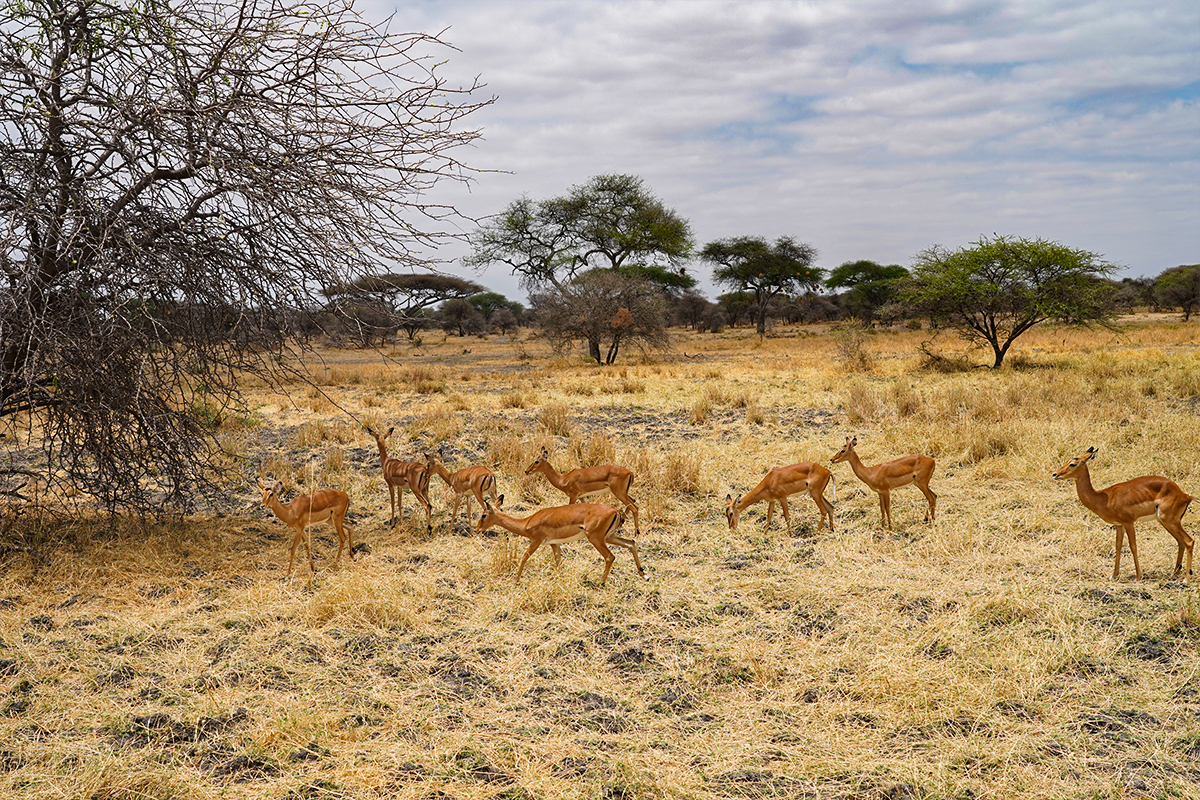
There are generally two main seasons in Tanzania: dry season (June to October) and green or wet season (November to May). Each of the two seasons offers a varying wildlife experience and mood in the national parks. While others tour the peak times when the wildlife is more abundant near water points, others wish to tour over summer when there is more vegetative cover around, it's cooler, quieter with lesser crowds in the parks and cheaper accommodation.
This is your month on month travel guide to Tanzania. We'll explore what you can anticipate in terms of weather, wildlife migration, crowds, and peak attractions for each month. Whether you're taking your first African trip or you're a seasoned safari traveler, this guide will help you decide when to go to get the most out of your Tanzanian experience.
January – A New Beginning in the Southern Serengeti
January sees the start of calving season, one of the most spectacular and delicate times in the safari calendar. It is then that hundreds of thousands of wildebeests gather in the Ndutu Plains, along the boundary between the Serengeti and Ngorongoro Conservation Area, to give birth. As many as 8,000 calves are born per day, an unforgettable sight of life in the savanna.
This month is during the peak green season in Tanzania, and therefore the landscape is vibrant, lush, and scenic. Even though there may be intermittent rain showers, the rainfalls are usually short and do not significantly disrupt game drives. There are plenty of young, vulnerable calves that are in the predators' favor like lions, leopards, cheetahs, and hyenas, whose activity levels are very high, and therefore this month is ideal for predator-prey action.

- Highlights: Calving, green hilly landscape, excellent photography, low tourists.
- Best Places: Ndutu Plains, Southern Serengeti, Ngorongoro Crater.
- Drawback: Roads may be muddy from short rains.
February – Peak Calving and High Predator Activity
February is one of Tanzania's peak months for witnessing the wildlives. Calving season remains in full swing, with new wildebeest, zebra, and gazelle blanketing the plains. As the herbivores deliver in vast quantities, predator activity peaks, offering thrilling safari sightings.
The weather is warm but with the occasional light rain showers that keep the grassland fresh but not highly disturbing. Fauna is very easy to find, especially with the herds packed to the south. Birdwatchers are also treated during this time as migratory birds are found everywhere.
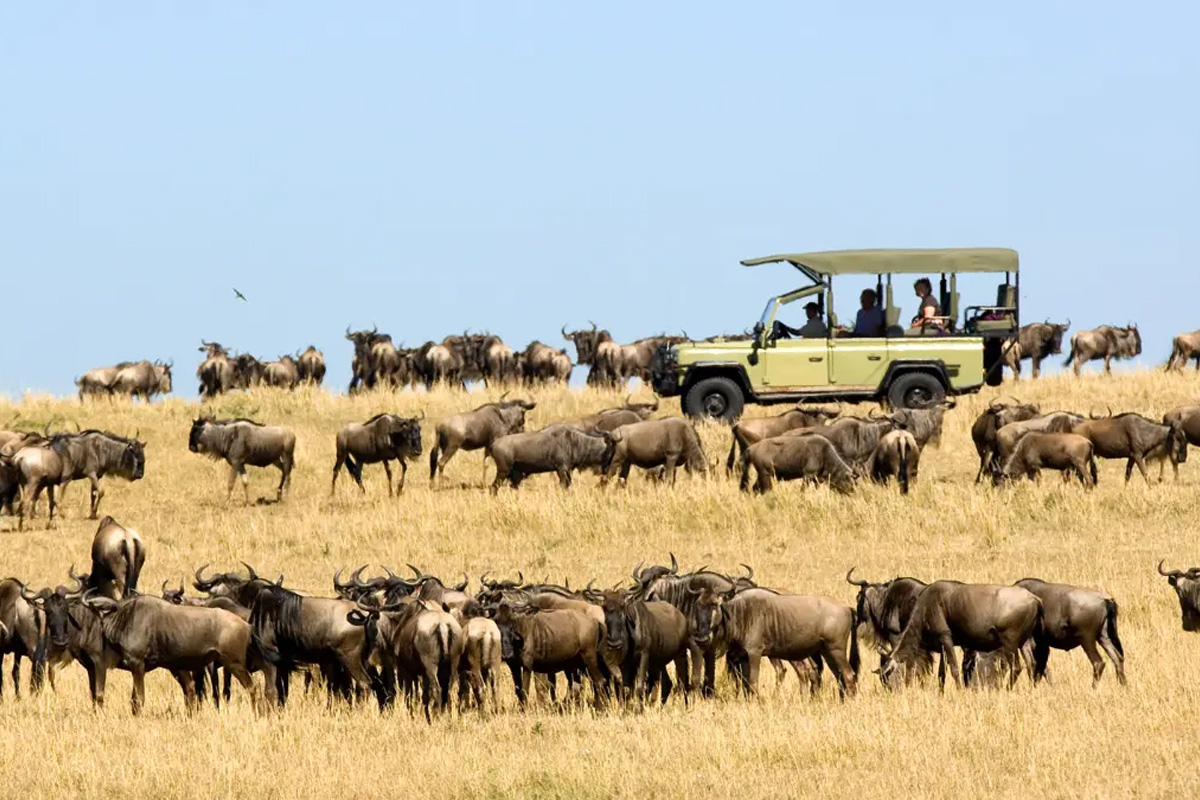
- Highlights: Peak calving season, perfect to watch predator action, best for wildlife photographers and wildlife lovers.
- Best Locations: Southern Serengeti (Ndutu), Ngorongoro Crater.
- Drawback: Not good herd movement of Great Migration.
March – A Time of Change
March month in Tanzania shows the end of calving season and the beginning of the long rainy days. The early part of the month can still be very good for game viewing, especially in the southern Serengeti. But as the month progresses, rain becomes increasingly common, converting the landscape to a green, lush oasis.
While a few of the remote camps begin closing in preparation for the wet season, March is always an acceptable month for photographers, birders, and solitude seekers. The large herds begin migrating northwest in preparation for drier ground.
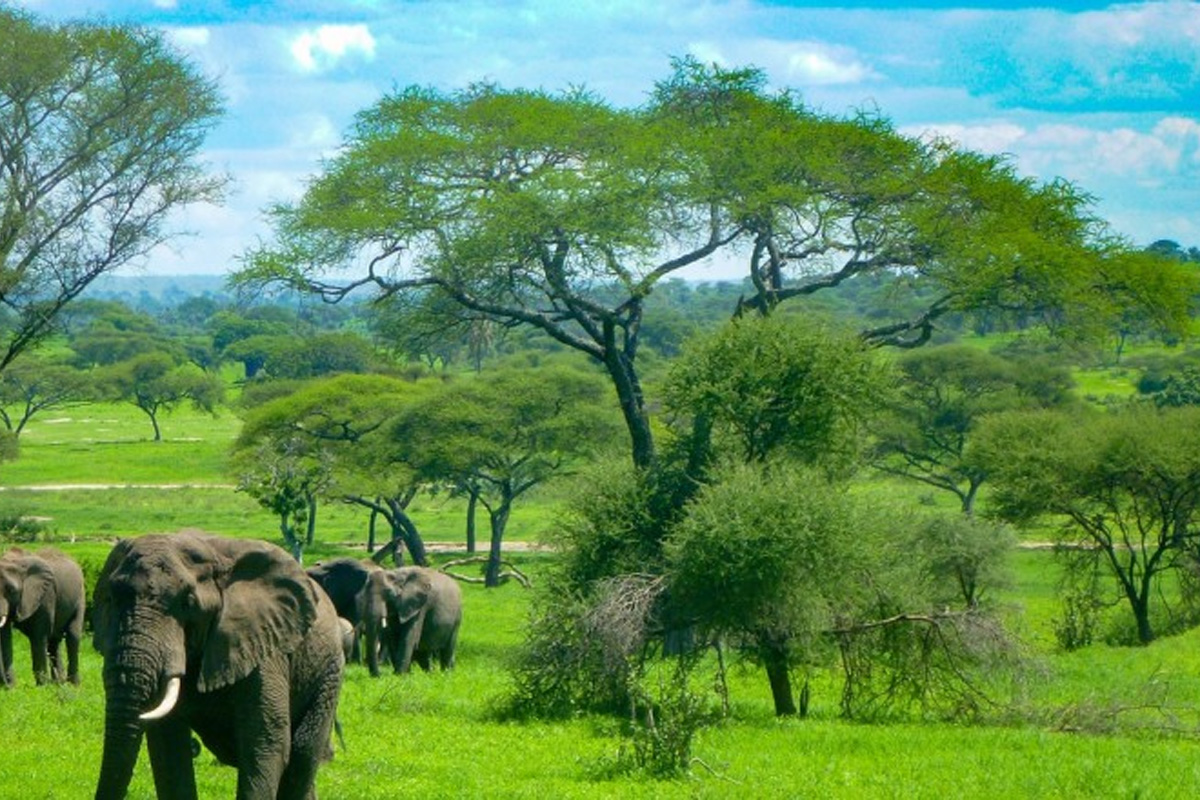
- Highlights: Vegetation at full growth, fewer tourists, best for off-the-beaten-path travel.
- Best Areas: Ndutu, Central Serengeti, Lake Manyara.
- Drawback: Rain increases towards the end of the month and wildlife disperses slightly.
April – Wet, Wild, and Wonderfully Green
April is the wettest month in Tanzania because of the long rains. The resulting heavy rainfalls cause some areas to be inaccessible and some mobile camps to shut temporarily. But to the adventurous visitor who does not mind a dash of rain, April has a few important advantages.
The scenery is beautiful, the birdlife is terrific, and the safaris are less hectic and less expensive. The large herds are present, particularly in the west and central Serengeti. It is perfect for private, uncluttered game drives and value-for-money luxury.

- Highlights: Green countryside, low budgets, good birding.
- Best Places: Central Serengeti, Ngorongoro Crater, Arusha NP.
- Drawback: Rain can limit road access and game viewing.
May – A Hidden Gem in the Safari Calendar
May is still in the wet season, but rain less and less, and game viewing improves as the grass begins to thin. It is a transitional month, with the migration migrating towards the Grumeti region in the Western Serengeti.
Tourist arrivals are still small, so you have the privilege of enjoying intimate wildlife experiences with fewer tourists around. The prices are still within the budgetary range, so it is perfect for budget-conscious luxury safaris. The skies clear towards the end of the month, and the animals pick up.
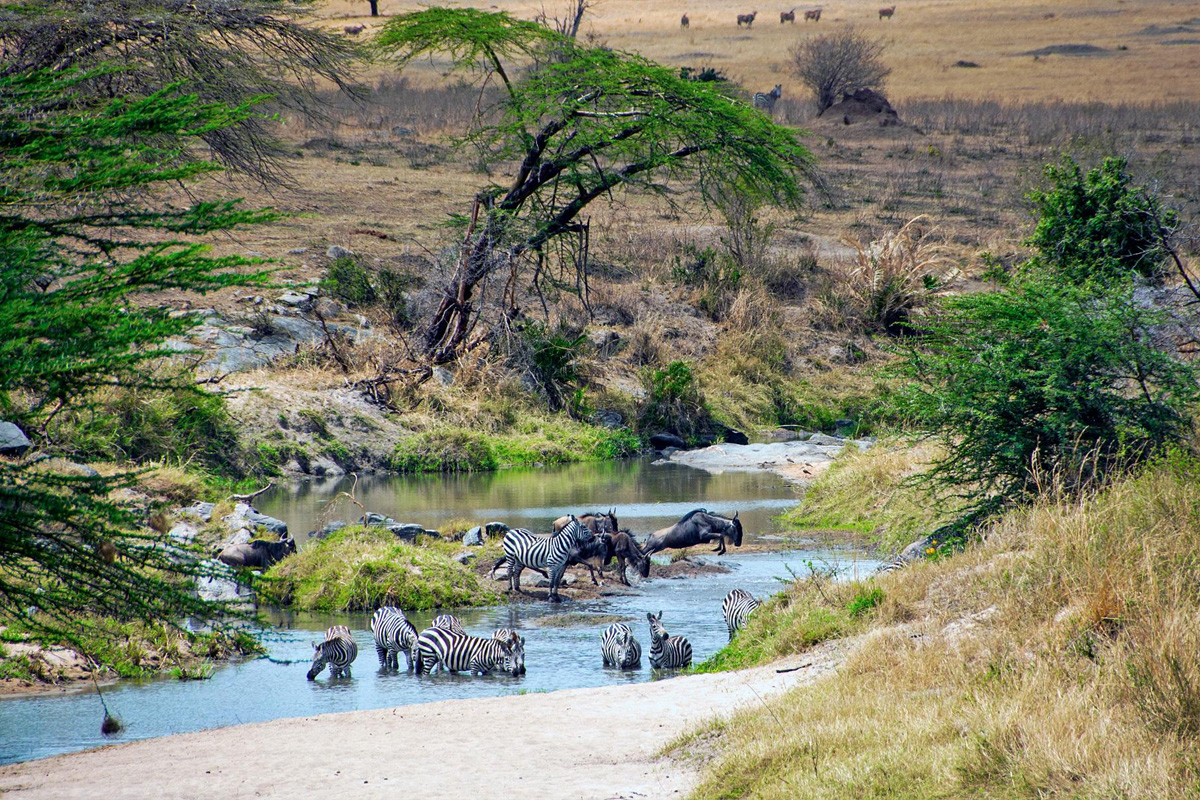
- Highlights: Cheap safaris, smaller tourists, western corridor migration.
- Best Places: Western Serengeti, Ngorongoro, Tarangire (for early elephant).
- Drawback: Some rain is still possible, especially at the start of the month.
June – The Safari Season Begins
June signals the start of the dry season and with it perfect safari conditions. The migration herds are making their way through the western corridor, where the Grumeti River crossings offer exhilarating wildlife experiences (albeit less melodramatic than the Mara crossings).
Temperatures are chill, especially in the mornings and evenings. As water sources dry up, animals begin to concentrate at permanent rivers and waterholes. Visibility is good, with dry roads allowing travel to all major parks.
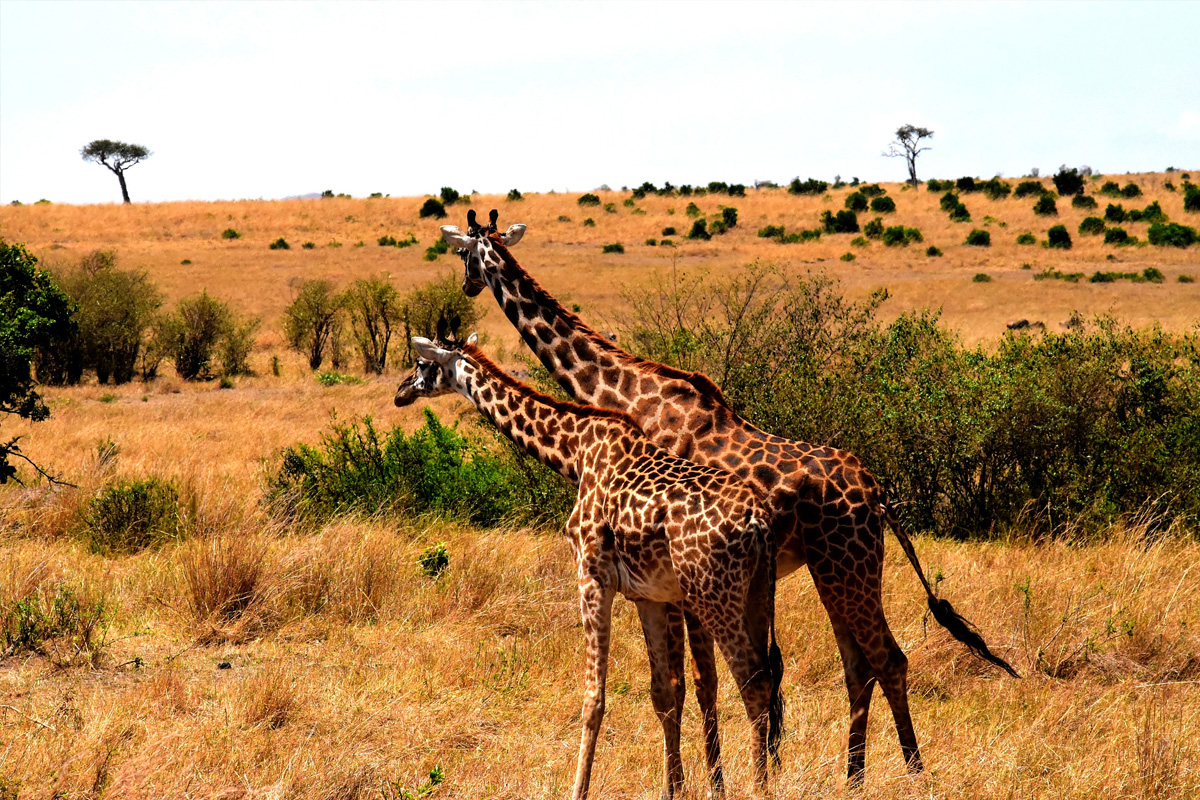
- Highlights: Start of the dry season, clear skies, higher wildlife activity.
- Best Places: Western Serengeti, Tarangire, Ngorongoro Crater.
- Drawback: Still off peak, so migration herds will be less concentrated.
July – Best Time for Wildlife Watching
July is a highly recommended month for safaris in Tanzania. The Great Migration is at its peak, migrating towards the north Serengeti and Grumeti. Predator activity is at its maximum, and animal viewing is common during the day.
This is the perfect time to do a northern circuit safari (Tarangire, Ngorongoro, Lake Manyara, and Serengeti) followed by a relaxing beach break in Zanzibar, which also has equally good weather. But books quickly, so book ahead.
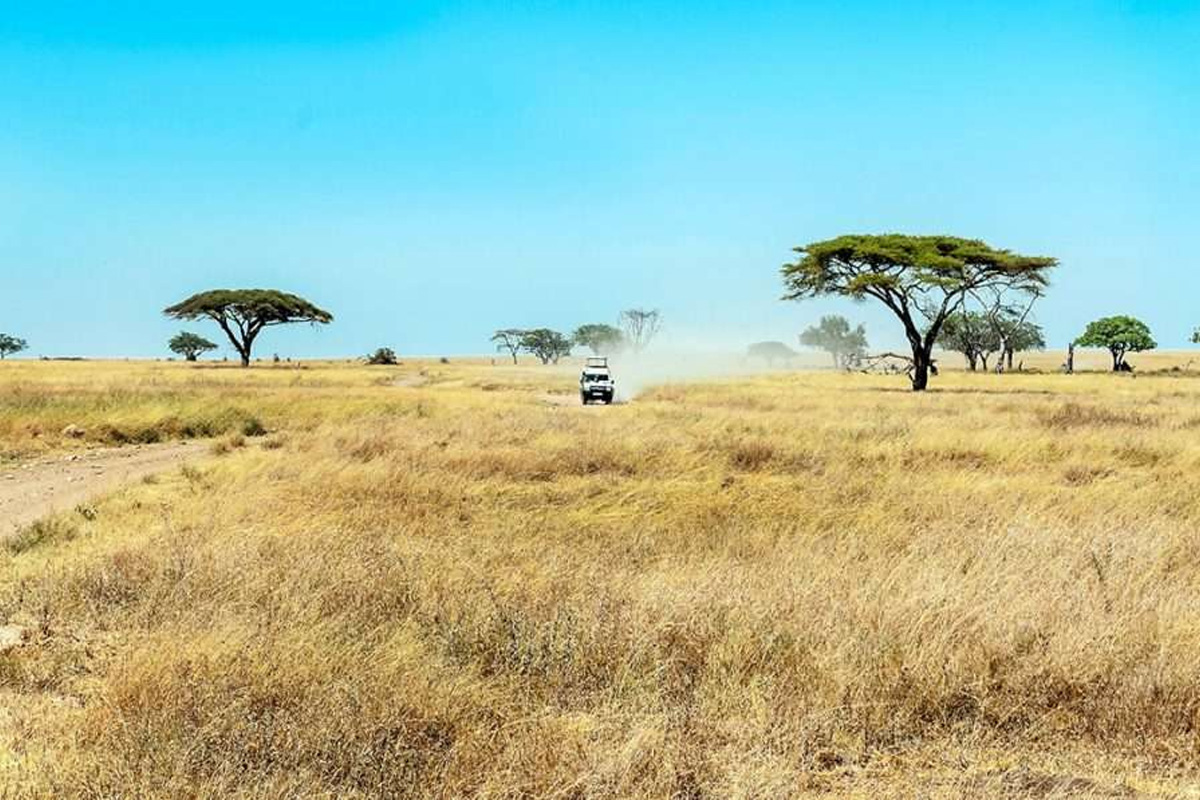
- Highlights: Perfect dry weather, excellent game viewing, popular with migration safaris.
- Best Areas: Northern Serengeti, Tarangire, Ngorongoro.
- Drawback: Peak season and more expensive, also more tourists.
August – Mara River Drama
August is similar to the Mara River crossings in northern Serengeti, one of the greatest safari sights in the world. Wildebeest plunge into crocodile-infested waters, trying to find greener pastures. These are a test of wills, a heart-wrenching, unforgettable experience.
It’s the peak safari season, so expect more vehicles at key sightings, but the quality of wildlife viewing makes it worthwhile. Weather is chill, dry, and perfect for long game drives. Many travelers also include Mount Kilimanjaro treks and beach holidays this month.
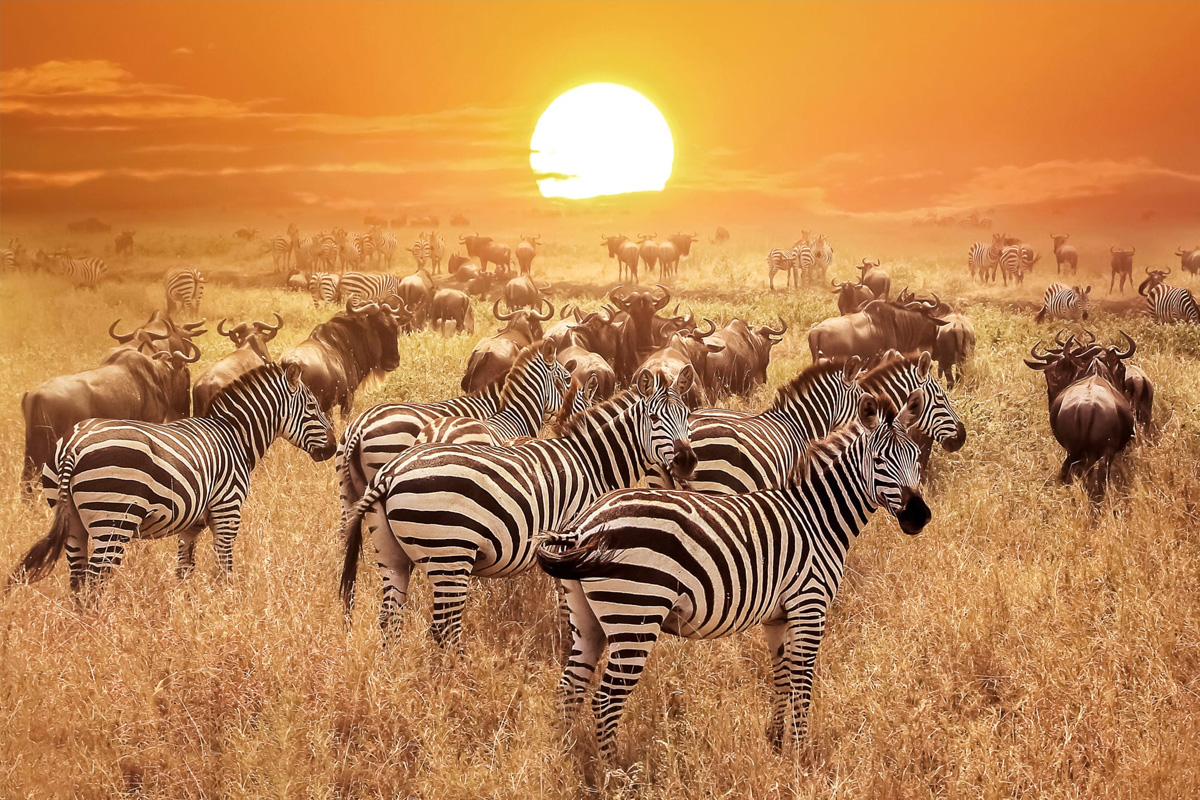
- Highlights: Mara River crossings, dry weather, peak wildlife visibility.
- Best Areas: Northern Serengeti, Ngorongoro Crater, Tarangire.
- Drawback: Peak prices, busy in major parks.
September – Classic Safari Weather
September continues the dry season splendor. The herds are still in the northern part of the Serengeti, and river crossings may still occur, though less frequently. Animal concentrations in all parks are still heavy as water sources dwindle.
The weather is just lovely—warm sunny days, chill crisp nights, and little or no rain. It's an ideal time for mixing game drives, walking safaris, and cultural experiences. Tarangire is the pick of the month, with elephants gathering in big herds.
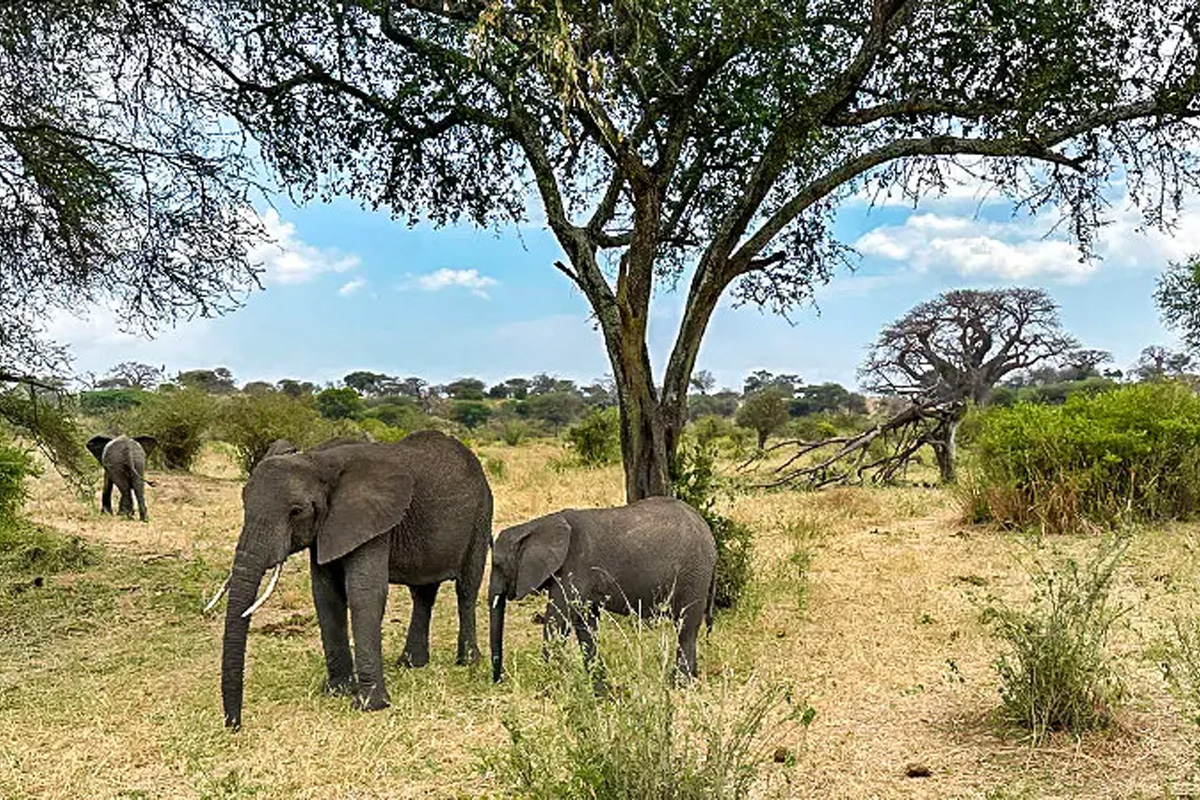
- Highlights: Ideal weather, perfect for game viewing, less crowded than August.
- Best Places: Northern Serengeti, Tarangire, Lake Manyara.
- Drawback: Still high season, so book early.
October – The Calm Before the Rains
October is the last month of the dry season, with secure game viewing and peaceful parks. The Great Migration begins to migrate south, moving slowly towards the calving grounds. Animals remain easily visible around the few remaining waterholes.
The crowds dissipate, and the atmosphere is more tranquil. November is an excellent month for seasoned tourists who want to avoid the crowds without forfeiting witnessing awesome wildlife. The avifauna also begins to flourish with the coming of migratory fowl.
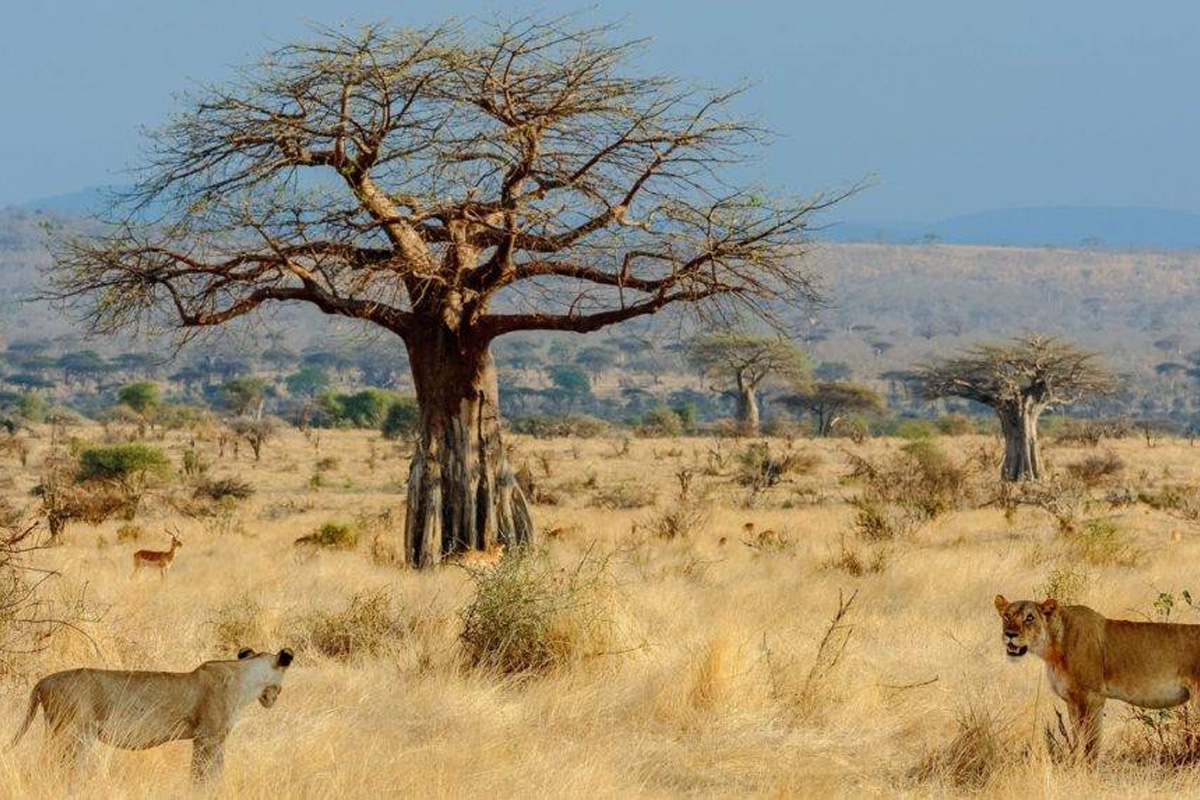
- Highlights: Superb wildlife, shoulder-season prices, peaceful ambiance.
- Best Places: Serengeti (central and northern parts), Tarangire, Ngorongoro.
- Drawback: Some haze and dryness in the landscape.
November – The Short Rains Arrive
November introduces the drizzles of rains, which are usually light and occur in the afternoon or evening. While the landscape starts to green again, there is still the possibility of taking fantastic game drives with minimal disturbance.
The Great Migration continues its southern journey, and game viewing at Ndutu and central Serengeti continues. November is a wonderful time for birdlife, too, with migrant birds pouring into the area in large flocks. There are fewer tourists and lower prices, so it suits those who desire a tranquil safari.
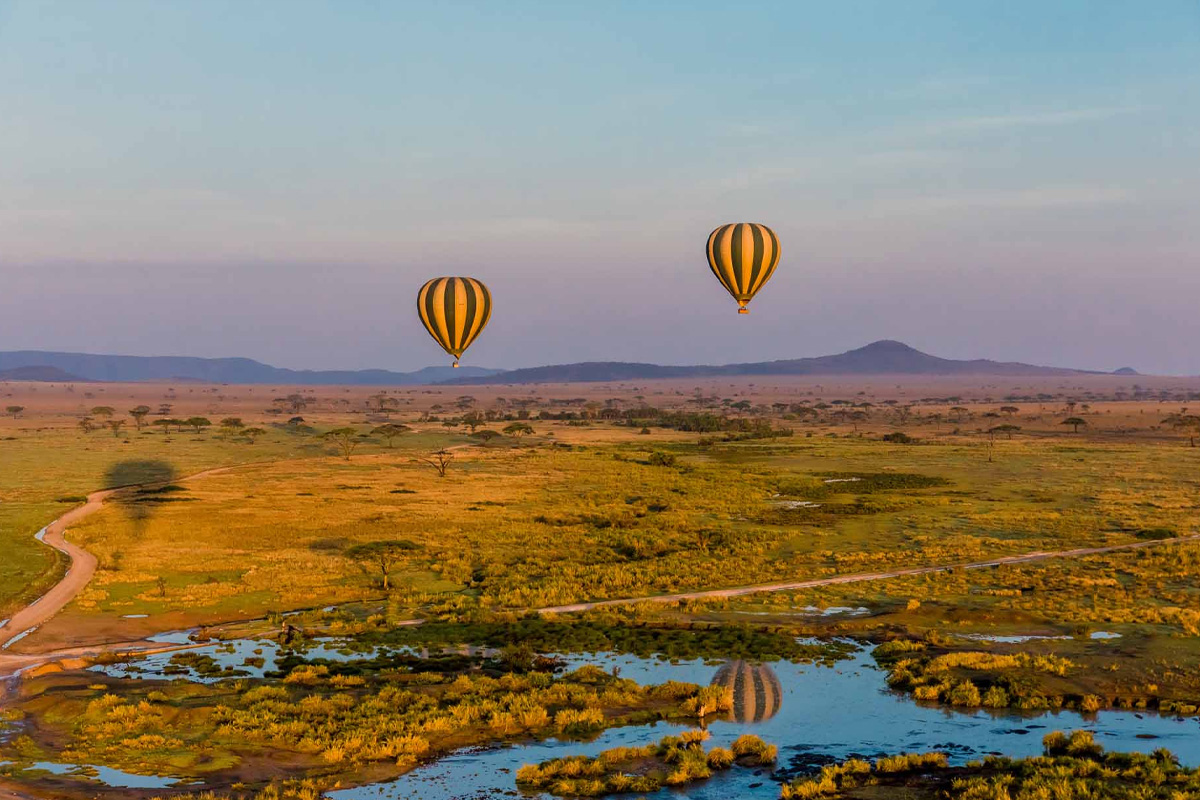
- Highlights: Lush landscape, migration continuing its southern journey, birdlife, fewer tourists.
- Best Places: Central Serengeti, Ndutu, Lake Manyara.
- Drawback: Some rain; fewer river crossings.
December – Festive Mood and Green Safari
December is good to be around in Tanzania as it's the festive time of the year. The short rains continue, but usually in small bursts that fail to dampen safari schedules. The landscape remains green, and the Great Migration herds start coming back into the southern Serengeti, poised for calving season.
It's a wonderful time for wildlife, photography, and enjoying the peaceful beauty of the green grasslands. Holiday packages are offered at most lodges, and it's a good time for family safaris, honeymoons, or a Christmas in the bush.
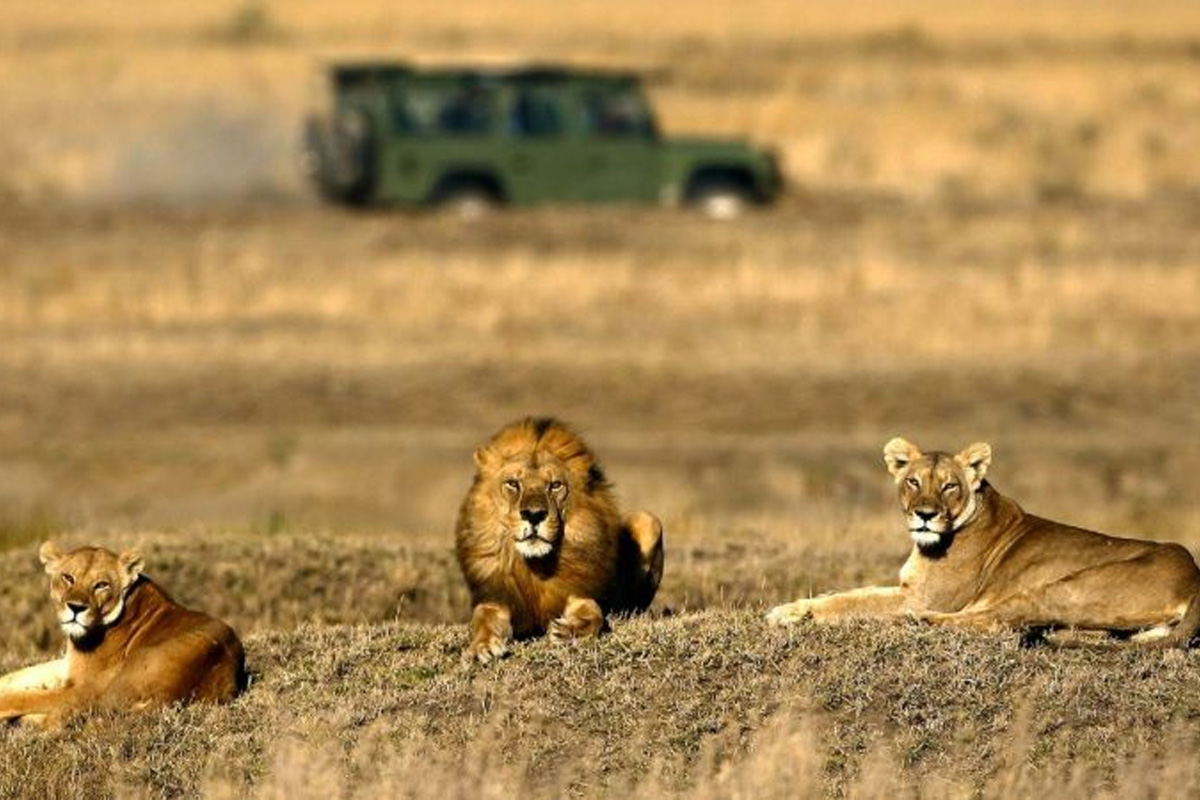
- Highlights: The migration herds return, festive season, baby animals begin to appear.
- Best Places: Ndutu, Southern Serengeti, Ngorongoro Crater.
- Drawback: Rain likely; book holidays in advance.
Conclusion
Tanzania is an all year around safari destination, offering something unique in every season. Whether you dream of witnessing the thrilling show of the Great Migration river crossings, the heartwarming moments of calving season, or simply soaking in the breathtaking landscapes teeming with wildlife, there’s always a perfect time to visit—based on your interests and travel style.
Each month in Tanzania is a different tale—a story of survival, birth, migration, and natural drama. So, regardless of whether you're a first-time visitor, a serious wildlife photographer, or a return traveler seeking new things, Tanzania will never disappoint. Just remember: there's no "wrong" time to go on safari in Tanzania—only the right time for you.


















